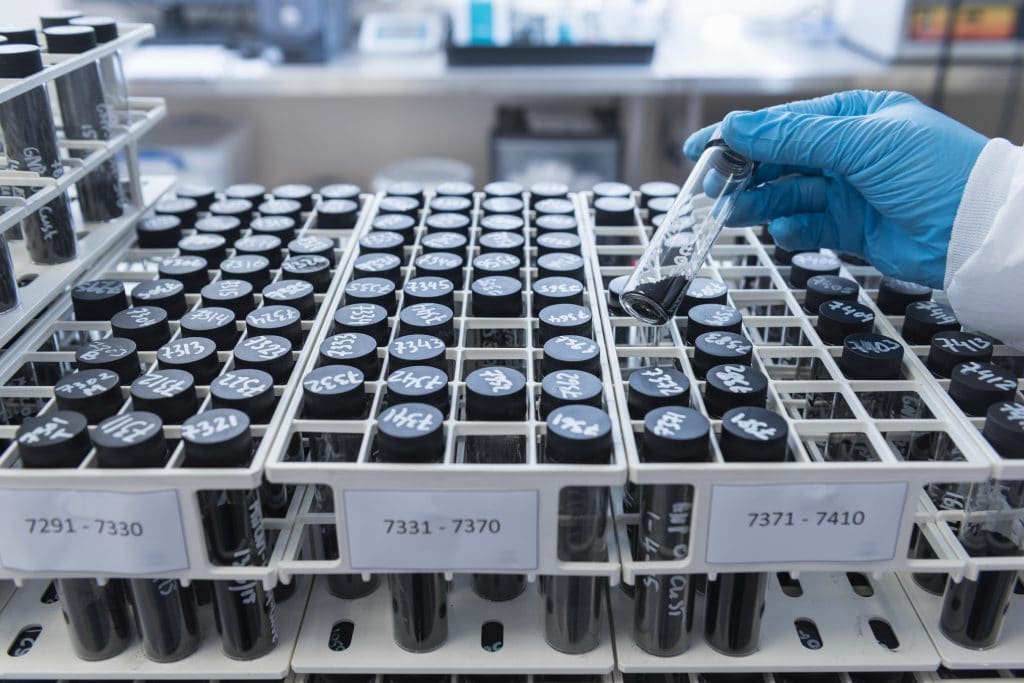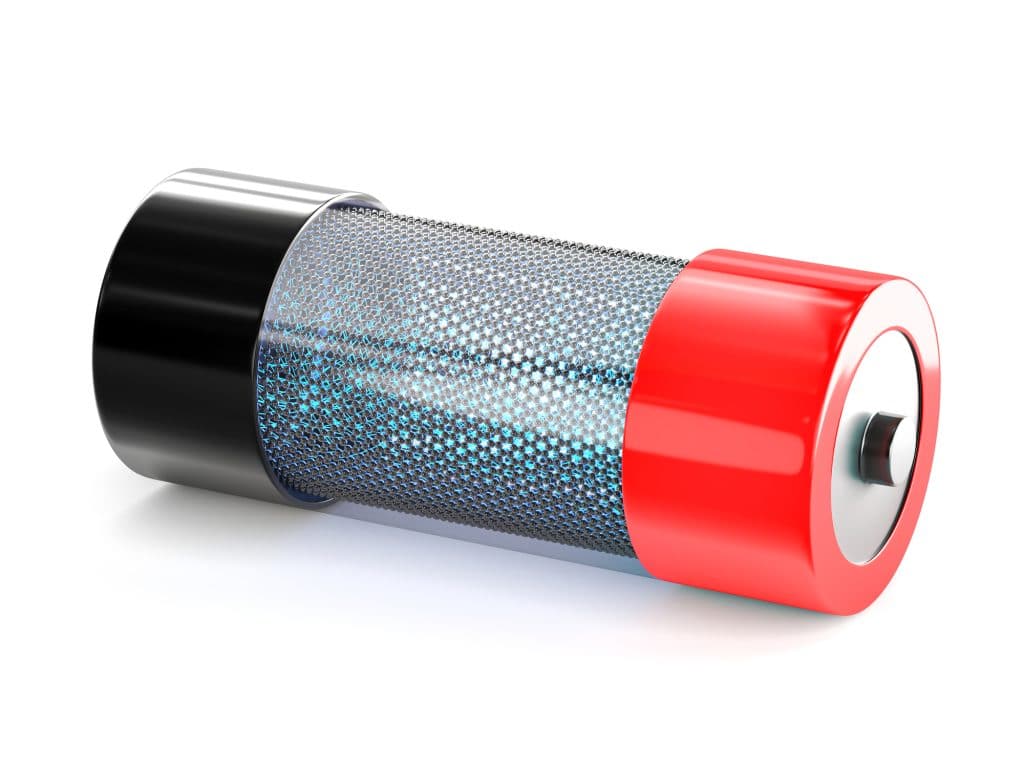
Graphene has been exciting scientists for years. Its unique properties mean graphene can be used in various applications across several industries, including automotive, aerospace, energy, and more.
This level of excitement for a material is rare. The last time a material came around that had scientists this excited was the explosion of the plastics industry in the mid-20th century. Once it became affordable enough to produce plastic, it started to be used anywhere and everywhere.
Plastics were used in packaging, construction, textiles, consumer goods, etc. In many ways, the modern world was only made possible by the widespread adoption of plastics.
Graphene has the chance to do the same thing and could become as prevalent as plastics by the middle part of the 21st century.
Properties of Graphene
Graphene’s uses are made possible by its unique properties. The list of graphene’s properties looks like what an engineer would think up as their idea of the perfect material.
- 200x stronger than steel
- 1 million times thinner than a human hair
- Lightest material
- Highest tensile
- Most impermeable
- Highest thermal conductivity
- Best light absorbent
- Highest lubricity, known as Superlubricity
It’s well known that diamonds are the strongest natural material. However, some artificial materials like graphene are stronger. A Columbia Engineering research team studying graphene in the early 2000s found that graphene is so strong that “it would take an elephant, balanced on a pencil, to break through a sheet of graphene the thickness of Saran Wrap.”
Graphene is also the thinnest and lightest material. Because a single layer of graphene is just a flat layer of carbon atoms arranged in a honeycomb structure, graphene is also considered a two-dimensional material.

How Is Graphene Made?
In theory, anyone can make graphene if you have a healthy amount of patience and some steady hands. Grab a regular pencil and some tape. Apply the tape to the graphite tip of the pencil, and then carefully peel it away. Left on the tape should be a small amount of graphite. Now, keep using the tape to peel away more and more layers of graphite until you are left with a single layer of carbon atoms.
You’ve just made graphene!
Of course, this method isn’t precise and can’t reliably produce anywhere near enough graphene for industrial work. And part of the reason why graphene hasn’t been widely adopted already is because of difficulties with creating it. However, there are several methods available to make graphene.
Some ways aim to reduce a large piece of graphite into individual graphene layers, while others might take a carbon-based gas and convert it into graphene.
There are no right or wrong ways to make graphene. Each method has its advantages and disadvantages. Choosing the correct approach depends mainly on how the graphene will be used.
Graphene Uses
Because of the remarkable properties of graphene, the potential applications are practically endless. Already, graphene is being used in some critical industries around the world.
- Aerospace
- Automotive
- Biomedical
- Construction
- Electronic
- Energy
- Defense
- Manufacturing

So what are the uses of graphene?
Graphene has been used to improve batteries significantly. Graphene batteries are lightweight, have a higher capacity with a faster charging time, and have a higher temperature range. As the automotive industry shifts to electric vehicles, graphene batteries could drastically improve the driving range and efficiency.
Graphene has several possible applications in the biomedical field as well, such as DNA sequencing. To do this, DNA is drawn through a graphene membrane. As it passes through the membrane, each nucleotide of the DNA strand affects the graphene differently, allowing the DNA to be quickly and accurately sequenced.
Graphene naturally repels water, making it an excellent method for water treatment. Graphene sheets can be made to allow water to pass through while blocking any unwanted contaminants. Quickly and efficiently creating water that is safe to drink, even converting saltwater into freshwater, can ensure clean drinking water for all.
Graphene Oxide Uses
Engineers can also modify graphene to enhance specific properties when needed.
Graphene oxide is helpful for certain situations like solar panels. Graphene is an obvious choice for solar panels because of its excellent conductivity and transparency. However, graphene isn’t great at collecting and holding the electrical charge. Graphene oxide would be a better choice because it is better at collecting an electrical charge.
Conclusion
Graphene has many uses that can revolutionize multiple different industries. As graphene becomes cheaper and easier to produce, it will find its way into more and more products. If you are curious about graphene and how it could help you and your business, reach out to us here at Niche Tools & Abrasives.
We help our clients find unique solutions to their unique problems. We will get to know you and your business first and help you find what you need or connect you with the people who can help.
